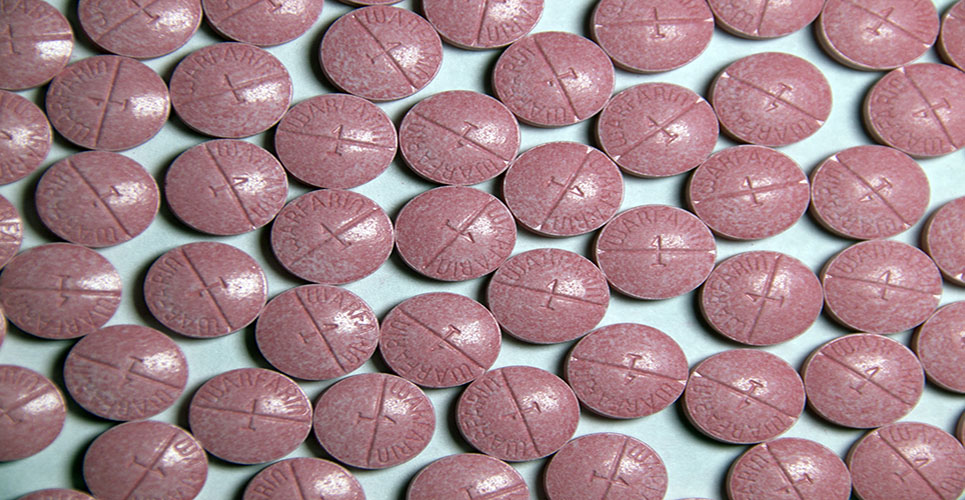teaser
High-profile research has shown that a pharmacist-directed anticoagulation service improves the way medication is managed for patients with heparin-induced thrombocytopenia (HIT), a common but life-threatening thromboembolic disorder.
Evidence published online by the Annals of Pharmacotherapy showed that patients treated by the anticoagulation service had a favourable response to alternative anticoagulant drugs three times faster and were 32 percent more likely to receive the proper dosage than patients who were treated with the same drugs by the patient’s primary medical team.
This is the first time researchers have evaluated the impact of the anticoagulation service on the efficiency and safety of using a different class of anticoagulant drugs – called direct thrombin inhibitors – for treating patients with HIT, in which a patient’s platelet count drops after they receive the anticoagulant drug heparin.
“Based on our findings, we believe this type of service is a valuable strategy for improving the quality of care of patients with HIT,” says James Kalus, PharmD, senior clinical pharmacy manager at Henry Ford and senior author of the study.

It is estimated that up to 3 percent of patients exposed to various forms of heparin may develop HIT, which is commonly treated in hospitalised patients. If a decrease in a patient’s platelet count is not treated quickly and efficiently, serious blood clots can develop.
The team, from Henry Ford Hospital in Detroit, Michigan, sought to evaluate whether a pharmacist-directed anticoagulation service could impact the care or outcomes of 193 HIT patients who were treated using the direct thrombin inhibitors lepirudin or argatroban between 2005 and 2009. Ninety-eight of these patients were managed by the anticoagulation service and 95 patients were managed by the primary medical team.
Dr. Kalus says the study’s findings “represent real improvements in quality of care.”
“The pharmacist-directed anticoagulation service is a viable approach to standardize the use of direct thrombin inhibitors for improving both the efficiency and safety of these complicated medications in an inpatient setting,” he says.
